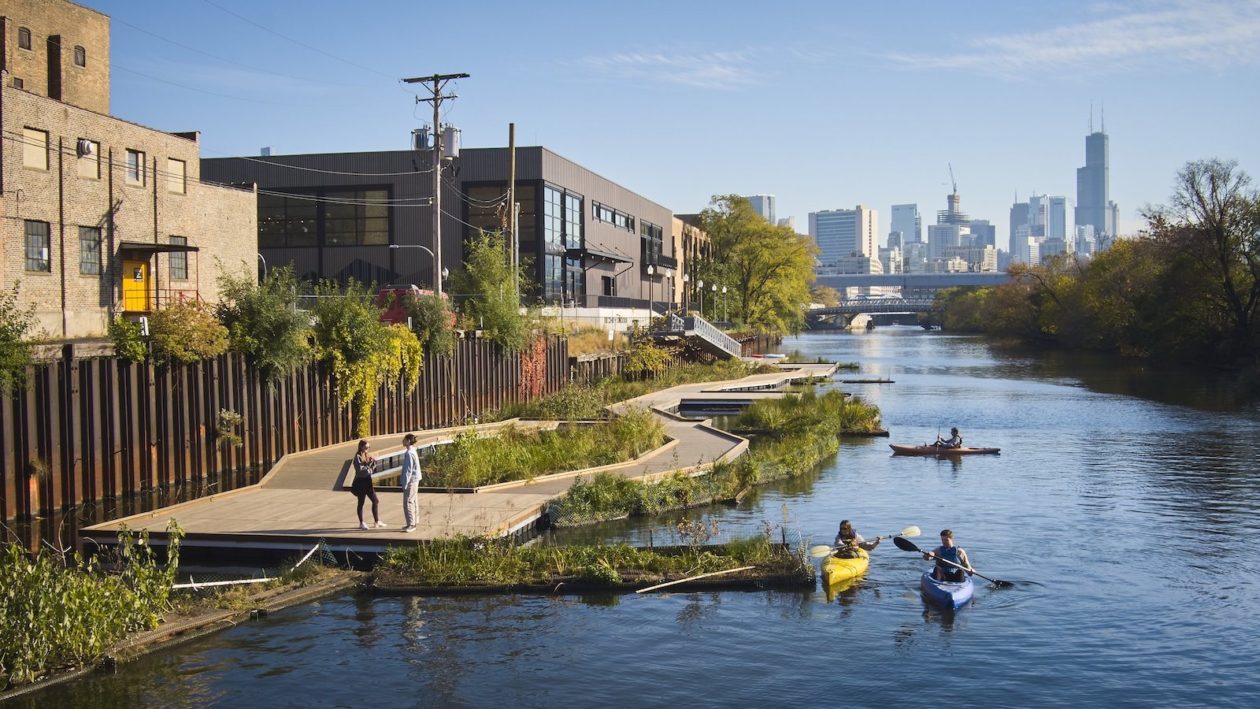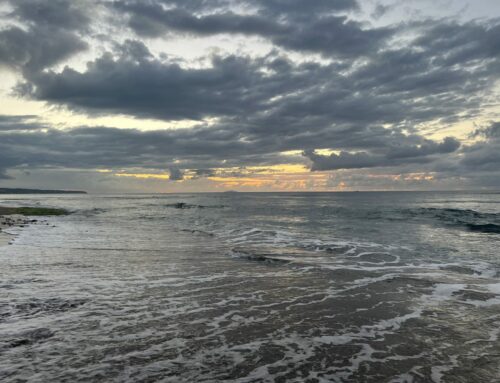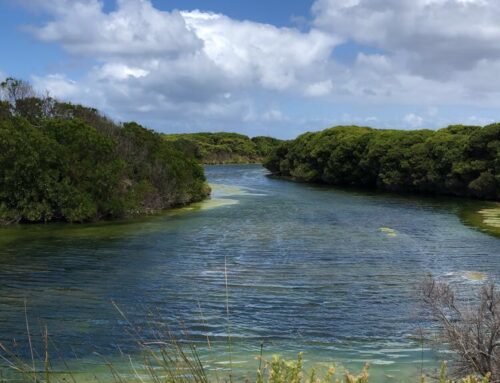As urban waters continue to face increasing pollution and degradation, researchers are installing artificial floating wetlands to combat the issue. Susan Cosier, an environmental and scientific journalist, reports on how these efforts are playing out in Chicago’s rivers. Instead of the uniform steel walls that usually surround urban river edges, Urban Rivers, a Chicago-based nonprofit, is replacing them with floating wetlands to recreate a natural river system. The floating islands host a diverse selection of native flora which help to filter contaminants and capture chemicals and metals in the water. The removal of surplus agricultural nutrients prevents harmful algal blooms that block out crucial oxygen and sunlight from reaching aquatic life. One researcher found that one acre of floating wetland is able to absorb the nutrient pollution produced by 7 to 15 acres of urban development. These wetlands also provide habitat for other plants to grow and aid invertebrates like mollusks and crustaceans in repopulating in the Chicago River. These efforts are multiplying globally, with projects taking place across the United Kingdom, Brazil, Australia, and the United States. While these wetlands have incredible environmental benefits, researchers emphasize that they are just one tool that must be accompanied by other efforts to regulate and reduce pollution at the source.
Photo Credit: Dave Burk/SOM







